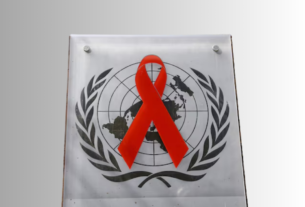For years, Russian soldiers stationed at Hmeimim Air Base moved freely through Syria’s coastal cities. Their warplanes launched strikes against Islamist rebels opposing Bashar al-Assad’s government.
Now, with Assad gone, Russia’s once-dominant presence in Syria faces serious challenges. Both Hmeimim and the Soviet-era Tartous Naval Base, located 60 kilometers (37 miles) to the south, are under new control.
Former rebels from the Islamist group Hayat Tahrir al-Sham (HTS) now guard these strategic locations. Russian convoys can only leave with permission and an armed escort from HTS fighters.
“They have to notify us before they leave,” said one guard, speaking anonymously. The shift in power has placed Russian forces in a precarious position.
HTS, once targeted by Russian airstrikes, is now dictating the terms of Russia’s operations. Moscow’s ability to project influence in Syria is under significant strain.
Russia invested heavily in Syria’s war, providing air support and weapons to Assad’s forces. Its goal was to secure a long-term military presence in the region.
With Assad’s removal, Russia’s long-standing strategy is unraveling. The new reality forces Moscow to negotiate with a group it once sought to destroy.
Tartous Naval Base has been a crucial asset for Russia, providing its navy access to the Mediterranean. Losing control of the facility would be a major geopolitical setback.
Russian officials have not publicly addressed the situation in Syria. However, analysts believe Moscow will try to maintain its military foothold through diplomacy or covert agreements.
HTS has not indicated whether it will allow Russia to continue operations in Syria. The group’s hostility toward Russian involvement could lead to further restrictions.
Despite these challenges, Russian forces remain on the ground. Their long-term strategy is uncertain, but Moscow is unlikely to give up its presence easily.
The situation also raises concerns for Iran, another key backer of Assad. Tehran relied on Russian coordination to maintain influence in Syria.
With HTS in power, Iran’s role in Syria is also in question. The shift in control could alter the balance of power in the region.
Western governments are watching the situation closely. The instability in Syria could lead to new conflicts or shifts in alliances.
Russia’s ability to navigate this crisis will determine its future role in the Middle East. If it loses its bases, its military reach in the region will be severely weakened.
For now, Russian forces continue to operate under new restrictions. The question remains whether they can adapt or if their presence in Syria will come to end.




